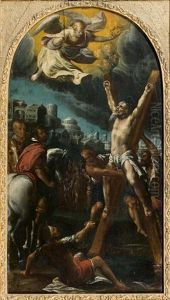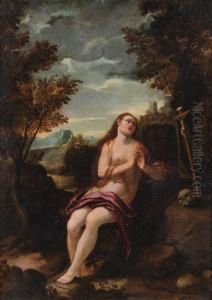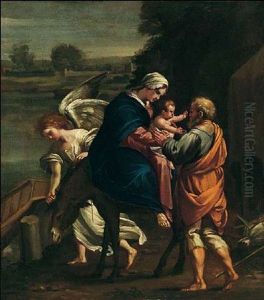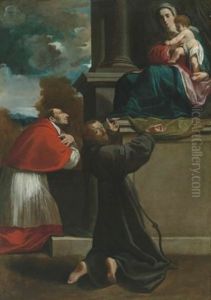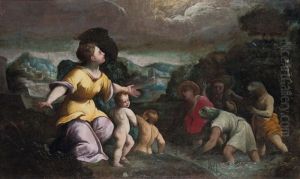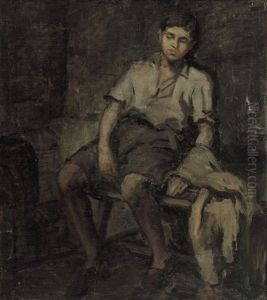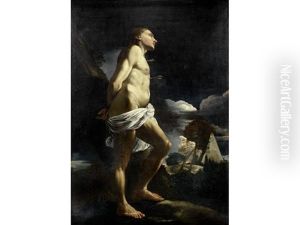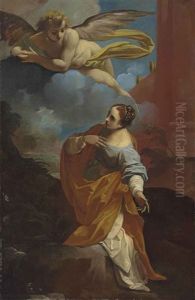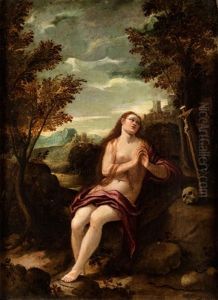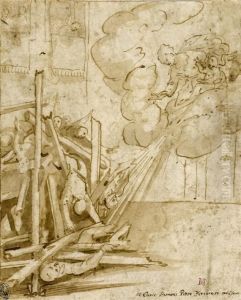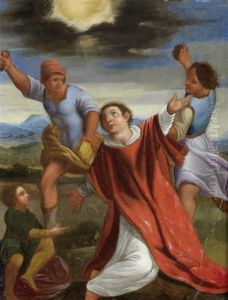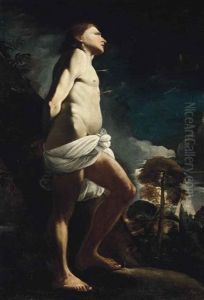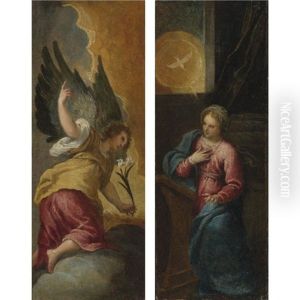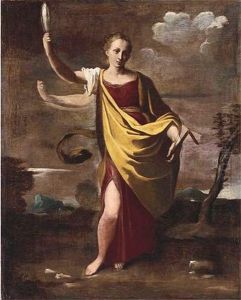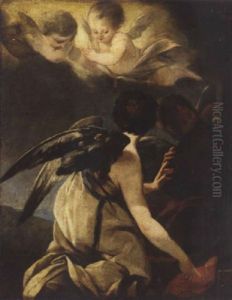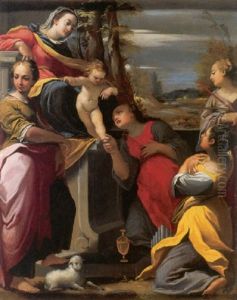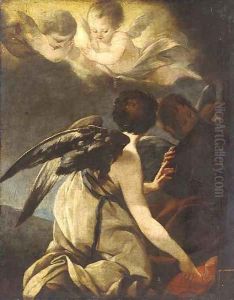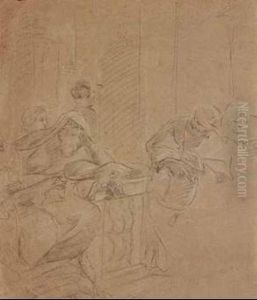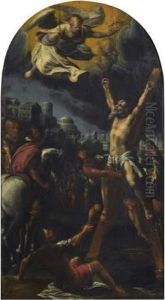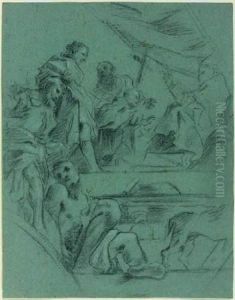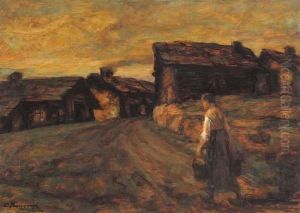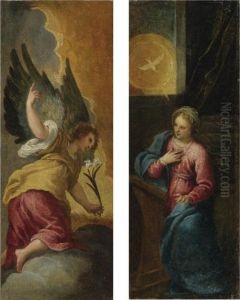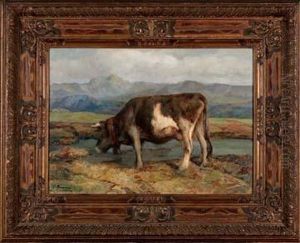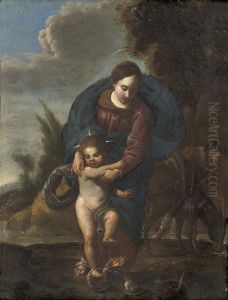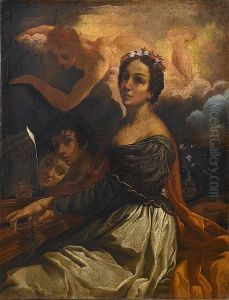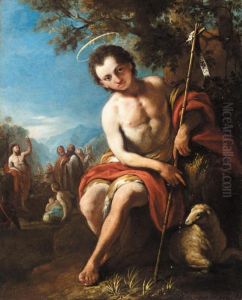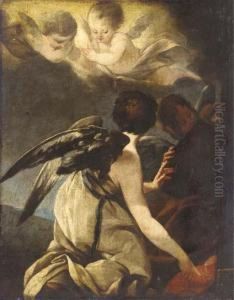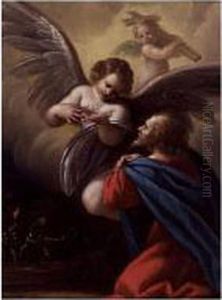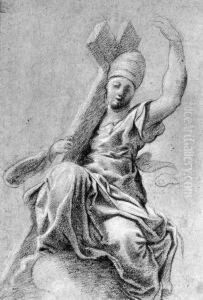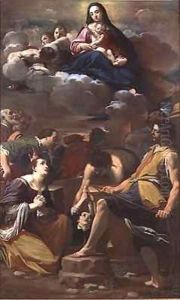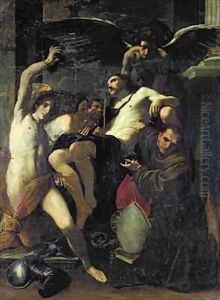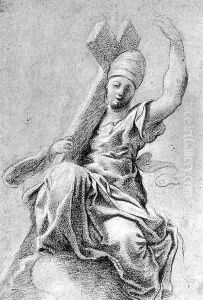Carlo Bononi Paintings
Carlo Bononi was an Italian painter of the late-Renaissance period, active mainly in Ferrara, where he was born in 1569. Bononi was one of the last representatives of the School of Ferrara, which had been prominent in the Italian Renaissance but began to decline by the late 16th century. His style represents a transition from the Mannerist to the early Baroque aesthetic, and he is known for his use of color and a more naturalistic approach to painting.
Bononi trained under the Ferrarese painter Bastianino, and it is believed that he might have been influenced by the works of the Carracci family, who were active in nearby Bologna and played a significant role in the development of Baroque art. Throughout his career, Bononi completed numerous religious works for local churches and noble patrons, including altarpieces, frescoes, and other devotional paintings.
One of his most notable works is the fresco cycle for the Oratory of the Annunziata in Ferrara, which showcases his skillful handling of narrative and his ability to create dramatic, emotive scenes. His paintings often feature elongated figures and a masterful use of chiaroscuro to create the illusion of depth and volume.
Despite his talent, Bononi did not gain widespread fame outside his hometown during his lifetime. He passed away in Ferrara in 1632. In recent years, art historians have begun to reassess Bononi's contribution to Italian art, recognizing his works as important examples of the transition from Renaissance to Baroque styles. His paintings can be found in various museums and collections, and they continue to be studied for their technique and historical significance.
